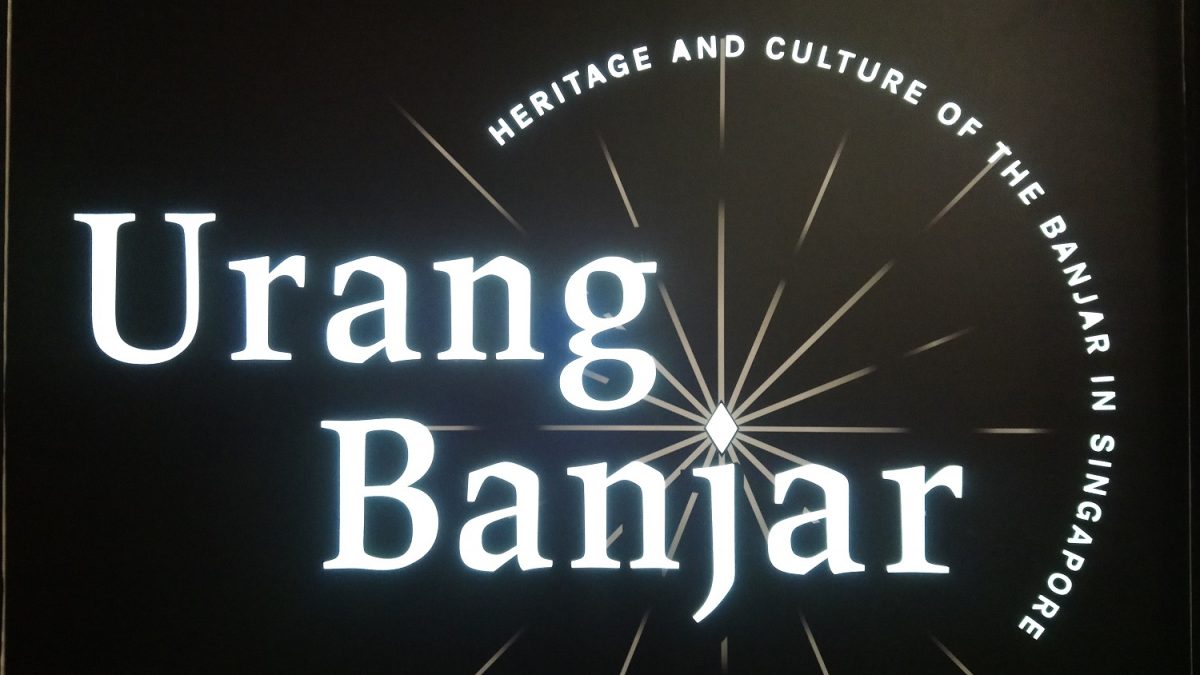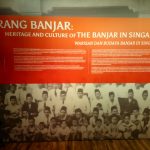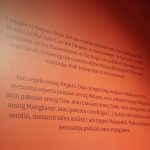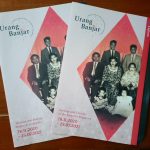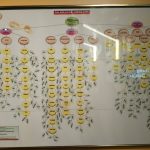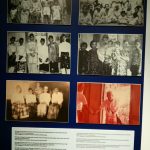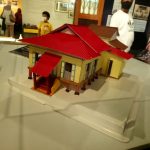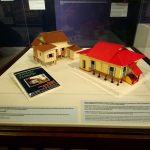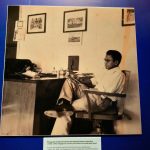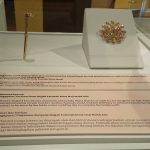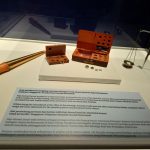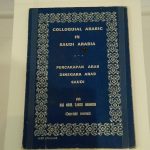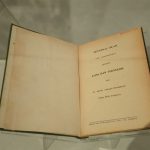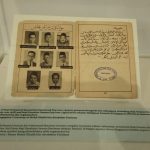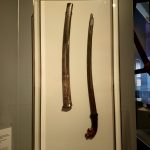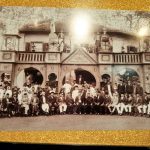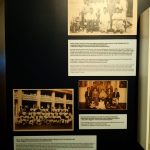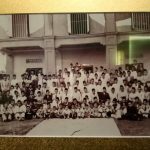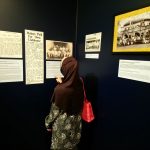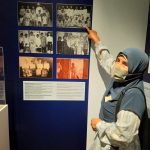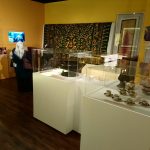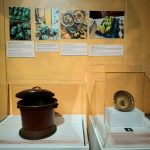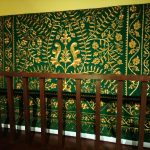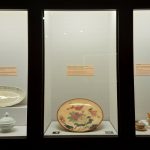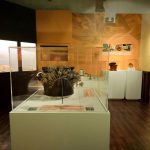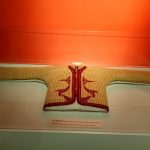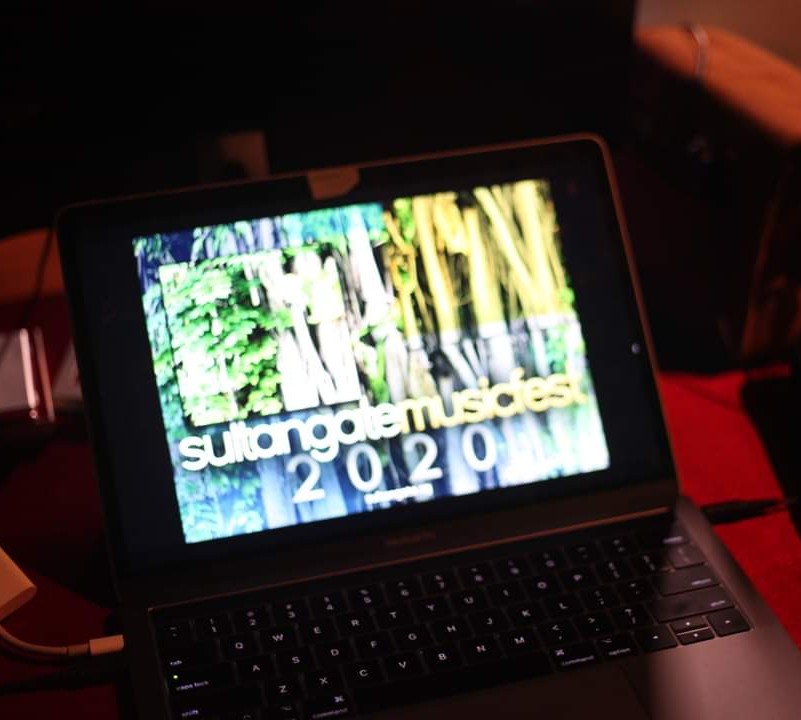Urang Banjar Exhibition – A Glimpse into being a Banjarese

Malay Art Gallery – House of Pusaka and Keris
September 16, 2020
Cahaya Ramadan at Kampong Gelam
April 11, 2021
What is it like to be Urang Banjar ? Or in my case, how it feels like to be a half-Banjarese ? Coming from a Javanese-Banjarese background, I am blessed to be able to live among the biggest and smallest ethnic group of the Malay race.
Most of us are more familiar with the Javanese culture – from its customs, food, attire to its arts. In fact, many of the Malays who are descendent of this ethnicity, are still practicing much of the traits that has been passed down from past generations. For Banjarese, however, not much is known about them, especially since it is the smallest Malay ethnic group here in Singapore.
Thanks to Malay Heritage Centre, the Urang Banjar exhibition has somewhat enlightened the community about their presence. I am also becoming more aware of my maternal roots and began to treasure my heritage while gaining a deeper understanding of my ancestry.
I remember the blank faces of my friends when I told them of my Banjarese heritage. At that time, I could not explain much about this ethnic group but all I know was that we were a close knit group. There were so many granduncles and grandaunts, uncles and aunts, cousins, second cousins etc that I was even not sure how we are related to. However, I vividly remember that we would occasionally visit my great-grandparents at Lorong Marican and since my great granduncles / aunts were staying nearby, the visits would also include stop overs at their houses as well. Hence, Hari Raya house visiting was always a morning to night affair and can last for many days !
The Urang Banjar exhibition, that runs from November 2020 to July 2021, basically features a few prominent Banjarese families in the community. Though small in numbers, they have played a rather significant roles in the society, like diamond traders and theologians. I have heard stories of my great-great-grandfather (Haji Mahmood), being a successful diamond merchant from South Kalimantan. In fact, Baghdad Street was formerly known as Kampong Intan, a name that had indicated a place where diamond trading and other related businesses thrived.
Haji Mahmood has 16 children in total (from three marriages) and among them is Haji Sanusi who became the first appointed Mufti of Singapore. So here, among the exhibits of the traditional tools used by diamond traders, we can also find well-written books by the former Mufti as well.
There are replicas of the houses in Lorong Marican, old photographs, crafts and unique weapons of the Banjarese. The old black and white photos revealed a lot of surprises too. I finally got to see my late mom in her early teens in the family photos. There were photos of fine gentlemen in nice suits, looking smart and posh as well. I guess those were the heydays of the Banjarese community.
The visit to this exhibition has somewhat relived my childhood memories and inspired me to re-kindle the closed bond that we used to have. A lot of them have left us, taking along with them the stories and our history. Four generations have passed since Haji Mahmood came to Singapore and the genealogy chart is getting more complex now. We have come a long way since then and we are still striving to give our best and not to give up. As the famous Banjarese saying goes ‘Haram Menyarah Waja Sampai Kaputing.’
What is it like to be Urang Banjar ? Or in my case, how it feels like to be a half-Banjarese ? Coming from a Javanese-Banjarese background, I am blessed to be able to live among the biggest and smallest ethnic group of the Malay race.
